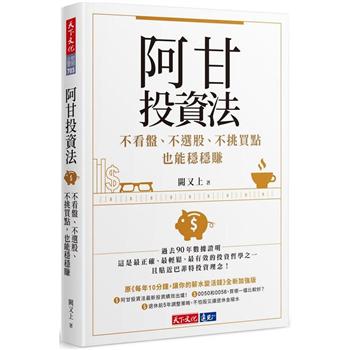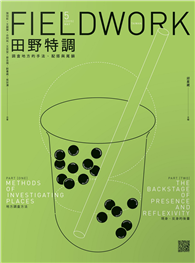In recent years, power consumption gained importance as one of the major concerns of VLSI designers. The primary driving factor for this trend has been the diffusion of battery powered portable computing devices and wireless communication systems. For this new class of battery powered devices average power consumption is critical, since it determines battery life. A strong pressure for reducing power dissipation is also coming from producers of high-end systems. In digital VLSI, the circuits using irreversible logic will have more amount of power dissipation due to unequal number of inputs and outputs. Due to these mismatching number of inputs and outputs an amount, KTln2 joules of energy loss occurs for each bit of information loss, where K is Boltzmann’s constant (1.38 x 10-23 joules/Kelvin) and T is the absolute temperature in 0K. An alternative way to have low power in VLSI is making use of reversible logic. Reversible logic reduces power dissipation by having equal number of inputs and outputs without any loss of bit information. Therefore, in this work various digital circuits such as decoder, encoder, priority encoder, multiplexer, demultiplexer, ALU and multipliers.
| FindBook |
有 1 項符合
Low power BIST for VLSI Digital Circuits的圖書 |
 |
Low power BIST for VLSI Digital Circuits 作者:Syamala 出版社:LAP Lambert Academic Publishing 出版日期:2024-02-29 語言:英文 規格:平裝 / 248頁 / 22.86 x 15.24 x 1.42 cm / 普通級/ 初版 |
| 圖書館借閱 |
| 國家圖書館 | 全國圖書書目資訊網 | 國立公共資訊圖書館 | 電子書服務平台 | MetaCat 跨館整合查詢 |
| 臺北市立圖書館 | 新北市立圖書館 | 基隆市公共圖書館 | 桃園市立圖書館 | 新竹縣公共圖書館 |
| 苗栗縣立圖書館 | 臺中市立圖書館 | 彰化縣公共圖書館 | 南投縣文化局 | 雲林縣公共圖書館 |
| 嘉義縣圖書館 | 臺南市立圖書館 | 高雄市立圖書館 | 屏東縣公共圖書館 | 宜蘭縣公共圖書館 |
| 花蓮縣文化局 | 臺東縣文化處 |
|
|
圖書介紹 - 資料來源:博客來 評分:
圖書名稱:Low power BIST for VLSI Digital Circuits
|











